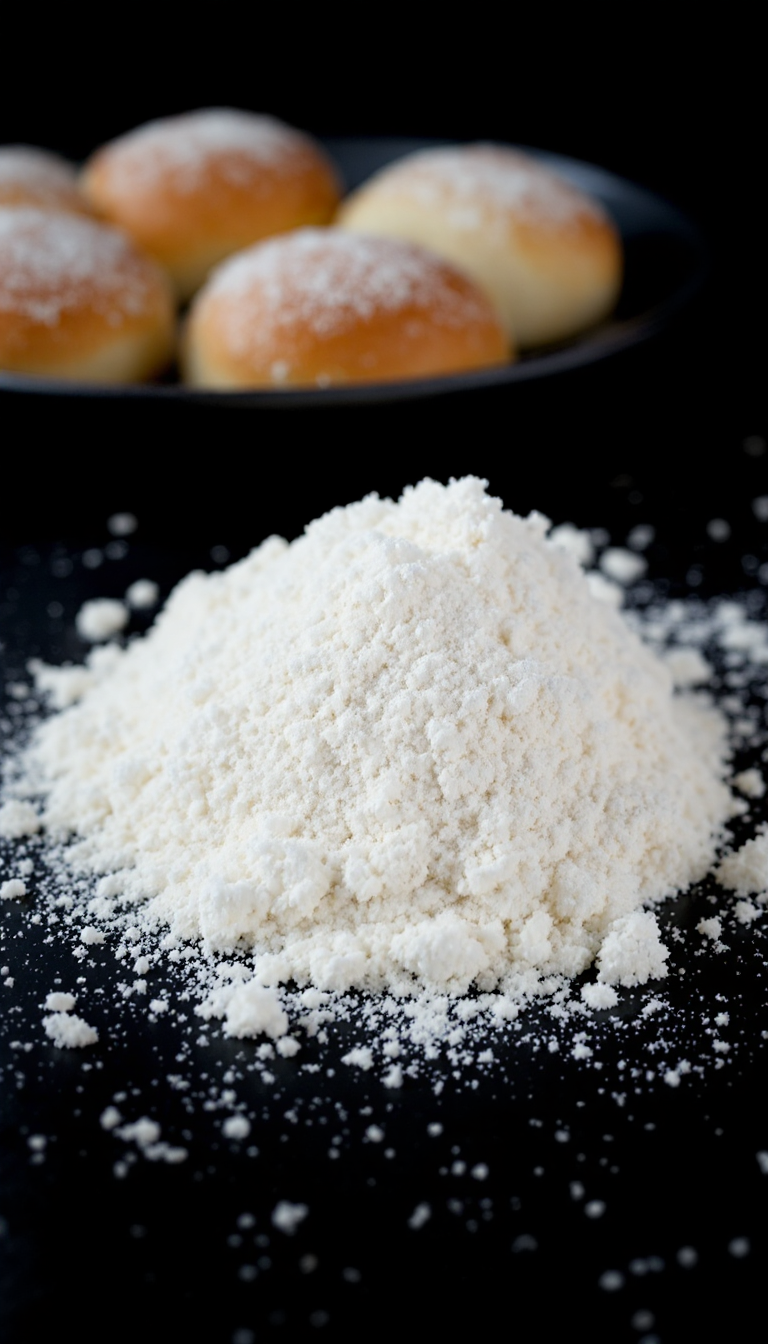Ah, dinner rolls—a staple that never fails to bring a sense of warmth and comfort to the table. There’s something almost magical about the aroma of freshly baked rolls wafting through the house.
It takes me back to those chilly evenings when my grandmother would whip up a batch, their golden tops gleaming like tiny suns in the oven. These soft and fluffy wonders remind me of the little things we often overlook—simple joys, like a cozy blanket or a good book on a rainy day.
You know, I’ve always thought of these rolls as the unsung heroes of any meal. Sure, the main course might get all the glory, but what’s a feast without those pillowy, buttery companions?
They’re like the sidekick that steals the show—not to mention, they’re perfect for sopping up gravy or just slathering with a generous amount of butter. So, let’s forget our worries for a moment and dive into a recipe that promises to make your kitchen the heart of your home, at least for a little while.
And hey, maybe these rolls will be the star of your next dinner party—who knows?
Steps
- Thinly slice half of the butter and place it in the bottom of a stand mixer. Add sugar and salt to the mixer. Warm the milk until it reaches 105-110°F and pour one cup of it over the butter without stirring.
- Stir the yeast into the remaining warm milk and let it sit for about five minutes until it becomes foamy. Add this yeast mixture to the mixer along with a beaten egg, and mix to combine.
- Using the hook attachment, gradually incorporate 3½ cups of flour into the wet mixture, scraping down the sides as needed. If the dough does not pull away from the bowl cleanly, add a little more flour until it does, and then knead for three minutes.
- Coat a large bowl with vegetable oil and transfer the dough into it, turning the dough to coat it with oil. Cover the bowl with plastic wrap and leave it in a warm place for 1-2 hours until the dough doubles in size.
- Melt the remaining butter and use a small portion to grease a baking dish. Punch down the risen dough to release air bubbles, then divide it into 15 sections.
- Shape each dough section into a smooth ball by stretching and tucking the ends underneath, and place them seam side down in the prepared baking dish. Arrange them in 5 rows of 3 rolls and cover with plastic wrap, allowing them to double in size over the next hour.
- Preheat the oven to 350°F. Remove the plastic wrap and bake the rolls for 20-25 minutes until golden brown, ensuring they sound hollow when tapped.
- Immediately brush the freshly baked rolls with the remaining melted butter. Let them cool slightly before serving.
Ingredients
- ¼ cup unsalted butter, sliced thinly
- ¼ cup granulated sugar
- 1 teaspoon kosher salt
- 1¼ cups whole milk, warmed to 105-110°F
- 2¼ teaspoons (1 packet) active dry yeast
- 1 large egg, beaten
- 3½ cups all-purpose flour
- 1 teaspoon vegetable oil
Nutritional Values
Calories: 2895kcal | Carbohydrates: 405g | Protein: 60g | Fat: 120g | Sodium: 2535mg | Fiber: 15g | Sugar: 60g
FAQ
- How can I make these rolls without a stand mixer?
- You can prepare the dough by hand. Use a large bowl to mix the ingredients and stir with a sturdy spoon until a dough forms. Then, knead the dough on a floured surface for 3-4 minutes until it becomes smooth and elastic. Continue with the recipe steps as outlined.
- Can I substitute instant yeast in this recipe?
- This particular recipe requires regular active dry yeast, so using instant yeast is not recommended as it may affect the final result.
- What should the temperature of the milk be to activate the yeast?
- The milk should be warmed to a temperature between 105-110°F. This warmth helps activate the yeast without killing it. You can use a kitchen thermometer to ensure accuracy or test with a clean finger; it should feel very warm but not hot.
- Why did my rolls turn out dense instead of fluffy?
- If the dough sits too long after rising, it may lose its airiness, leading to denser rolls. Additionally, adding too much flour can make the rolls denser, so use just enough to prevent sticking to the bowl.
- Is it possible to let the dough rise overnight?
- Yes, you can let the dough rise in the refrigerator overnight. Before baking, allow the rolls to come to room temperature. Follow the recipe steps to shape the dough, cover it, and refrigerate overnight. The next day, let them reach room temperature before baking.
Tips
- Temperature of Milk for Yeast Activation: Ensure that the milk is warmed to between 105-110°F for optimal yeast activation. Use a kitchen thermometer to check the temperature, or test by inserting a clean finger to feel if it’s very warm but not hot.
- Kneading Without a Stand Mixer: If you don’t have a stand mixer, you can knead the dough by hand. Use extra flour to prevent sticking and knead for about 3-4 minutes until the dough is smooth and elastic.
- Preventing Flat Rolls: Avoid letting the dough sit too long after rising, as it can lose its airiness and become flat. This can lead to rolls that are not as fluffy.
- Freezing Options: You can freeze the rolls either before or after baking. For pre-baked freezing, let the dough rise first, then freeze. For already baked rolls, cool completely before placing them in the freezer.
Equipment
- Stand Mixer with Dough Hook Attachment
- Kitchen Thermometer (for checking milk temperature)
- 9″x13″ Baking Dish


